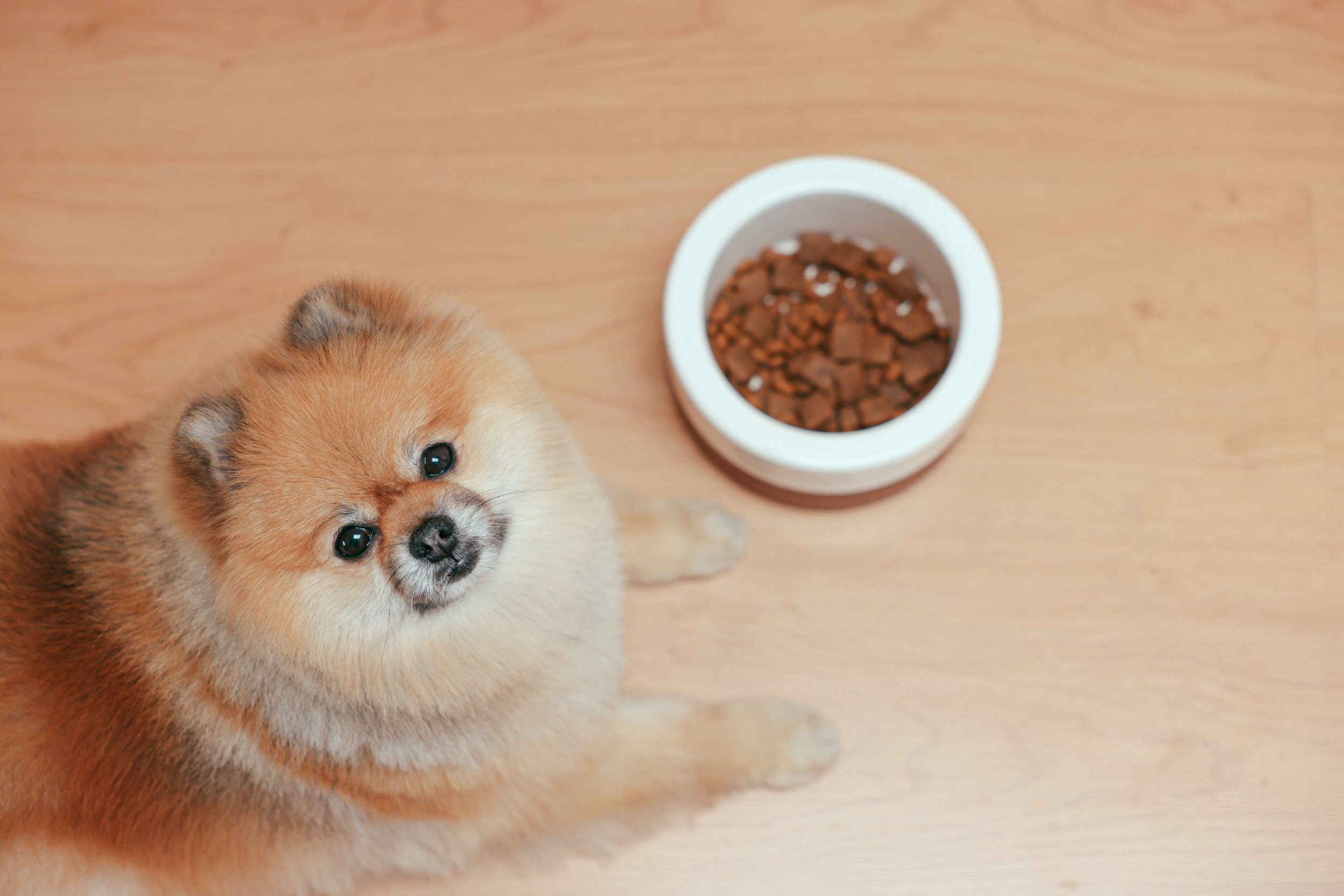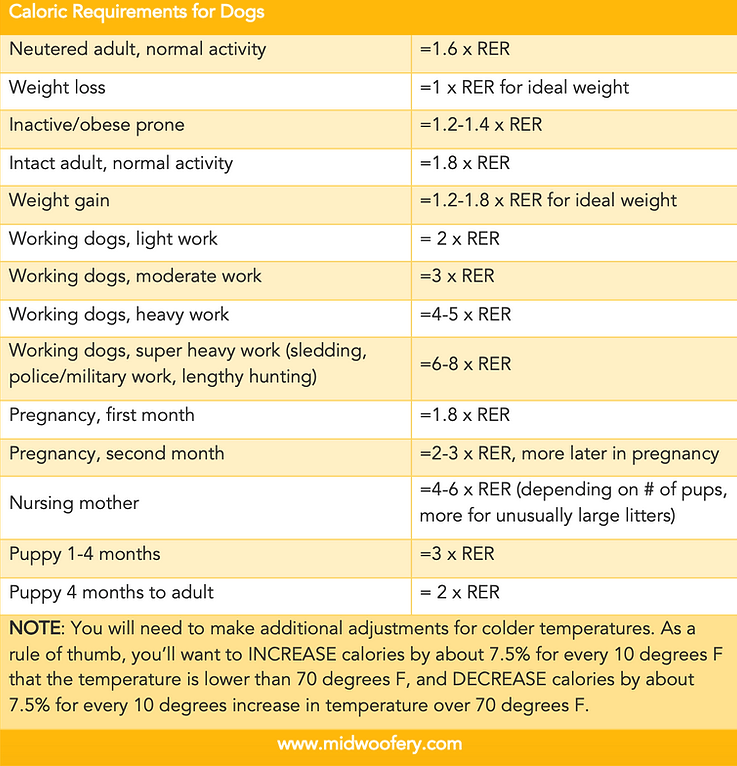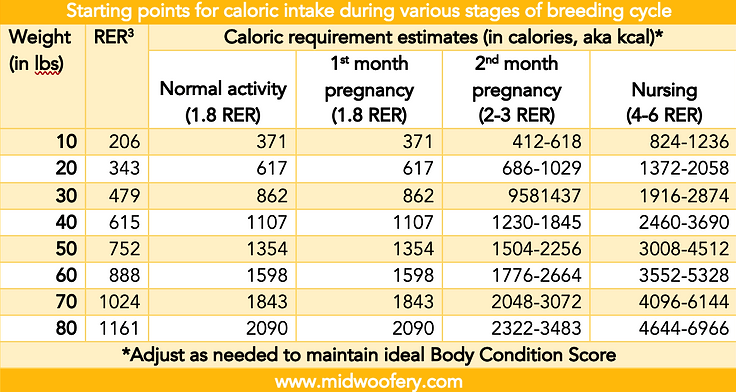Caloric requirement for pregnant and nursing dogs
Common sense disclaimer: As with everything that I write, it’s critical to seek the advice of a qualified veterinarian, preferably one that is board certified in theriogenology (reproductive science) for reproductive matters. This article and its contents are NOT designed nor intended to replace the need for a qualified veterinarian, but instead to help educate people to to work optimally with their veterinarians. All recommendations should be reviewed with qualified professionals, such as a board certified reproductive veterinarian, prior to implementation in a breeding program. Always seek the advice of your veterinarian.
I’m not sure there’s anything more important to a good start for our puppies than mom’s nutrition. If mom isn’t getting enough nutrition and the right balance from day one of nursing (and prenatally, but that’s another discussion we can have later), her puppies have started life with a disadvantage.
Blown coats
I’m going to say something controversial here: If your dams are regularly blowing coats after having and/or nursing a litter, then you need to look closely at their calories and nutrition. It’s not normal, and you shouldn’t expect it. Most often, blown coats are caused by either insufficient calories and/or insufficient protein or other nutrients during pregnancy and/or nursing.
Contrary to popular opinion, blown coats are caused by hormones in most cases. With the exception of relaxin,[6] the hormonal profile stays nearly the same for two months after a heat cycle whether a dog is pregnant or not, which counters the common thought that blown coats are hormonal.
Once nutrition has been ruled out, the next likely cause of blown coats is stress, whether physiological or emotional. [4,5] Carrying, delivering, and caring for puppies can be enough of a stress to cause a blown coat. There can be other stressors as well. Remember, that like beauty, stress is in the eye of the beholder. You may think something is not stressful, but your dog may feel differently.
Caloric requirements
A lot of breeders don’t understand the caloric requirements of a nursing mom. During the last trimester of pregnancy, her caloric needs are two to three times her normal caloric needs. During nursing her caloric needs can be as much as six times her normal caloric needs, depending on her litter size and metabolism.
This will get a little math-y and just a little technical. I think it’s better if we can understand a little of the why before we learn the how. That allows us to make better decisions, troubleshoot if something isn’t perfect (and it never is), and make smarter changes and adjustments when we need to (and we always need to). I’ll give you a table at the end as a reference, and if you need to you can scroll down to that, but you will be a better breeder and serve your moms and puppies better if you understand even a little of this.
Whenever we are looking at the energy (calorie) requirements of a dog, we always start with something called “Resting Energy Requirement,” abbreviated as RER. That’s the basic rate at which your dog burns energy while doing absolutely nothing (resting). This includes basic functions, like breathing, basic brain functions, and heart functions. It’s the minimum calories your dog requires to stay alive at complete rest, with no other factors considered. It’s also known as basal metabolic rate.[1]
Like humans, dogs have different rates of metabolism, but we will go over the basic RER calculation for the hypothetical average dog. You may need to adjust according to your dog’s individual metabolism, but this is where you start.
Step 1: Calculate your dog’s RER
You do NOT need to know how to calculate RER—there are lots of RER calculators out there. Here are a few:
https://servicedogsupport.org/education/resources/
https://www.petnutritionalliance.org/dog.php
Step 2: Use the RER to calculate your dog’s caloric requirement
Once you have the RER, you can use this chart to figure out the recommended daily caloric requirement for your dog.[2]
Caloric Requirements for Dogs
Step 3. Monitor your dog’s Body Condition Score
Again, all dogs have different metabolisms, and some breeds are known for either slower or faster metabolisms, but the RER chart is a good starting place. Start with this caloric amount and then use the Body Condition Score system to make sure your dog’s weight is optimal. You will also want to consider other factors, like coat and skin health, energy, etc., but your baseline should be the Body Condition Score of your dog.
This post describes how to evaluate Body Condition Score.
Evaluate the BCS of pregnant and nursing dogs DAILY. All that means is adding a habit, it doesn’t take any extra time. For short-coated dogs, you can assess BCS visually, and you’ll need a hands on evaluation for long-coated dogs. Even with a hands-on evaluation, it takes less than 2 seconds. Make this a habit, and don’t make any excuses.
You can do this at mealtime or perhaps in the morning or evening when they are going out or coming in from their walks. All you have to do is run your hands down their back and sides. It takes seconds. They enjoy the pet and I get important daily information.
Some examples
Here’s what that would look like for some sample weights, with average metabolisms an activity levels.
Stay empowered for your dogs!
Now that you know how to calculate guideline caloric requirements, you can ensure you are on track by daily monitoring of body condition score to give your pups their best start possible and also to maintain the best health of your dams during pregnancy and nursing.
References & notes
[1] Sherry Lynn Sanderson , BS, DVM, PhD, DACVIM, DACVN. Nutritional Requirements and Related Diseases of Small Animals. In Merck Veterinary Manual. https://www.merckvetmanual.com/management-and-nutrition/nutrition-small-animals/nutritional-requirements-and-related-diseases-of-small-animals?query=resting%20energy%20requirement. Last accessed 1/4/2020.
[2] We always talk about calories, but the correct measurement used is kilocalories, abbreviated as kcal. So when you see calories or kcal, they are almost always the same thing.
[3] It is important to note that the caloric RER requirements for dogs don’t increase with weight at a simple progression. That means that a 20 lb dog doesn’t simply have double the caloric requirements of a 10 lbs dog.
[4] https://www.agriculturejournals.cz/publicFiles/19_2017-VETMED.pdf
[5] https://www.sciencedirect.com/science/article/pii/S0016648018303599
[6] If anything, there are indications that relaxin aids in hair growth (not loss) https://patents.google.com/patent/CA2173356A1/en and https://patents.google.com/patent/US6075005A/en




